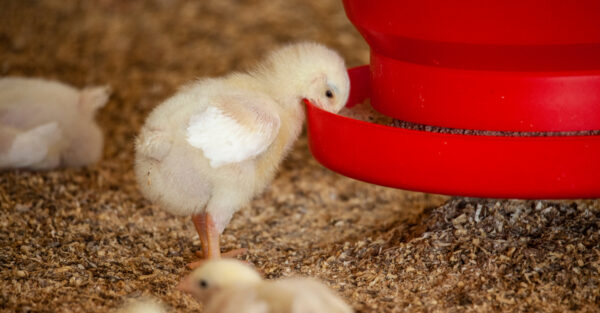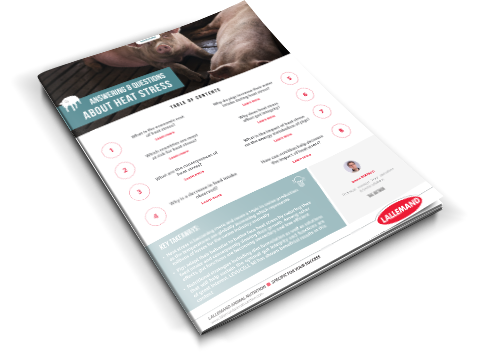News | Reading Time 3 minutes
Feeding live yeast improves sow colostrum quality
Results of Colombian multi-farm trial presented at the American Society of Animal Science (ASAS) Midwest Annual Meeting show significant increases in colostrum IgG levels
At the ASAS Midwest Section Annual Meeting in Omaha, Neb., March 14 to 16, Lallemand Animal Nutrition presented a new study on the benefit of feeding the live yeast strain Saccharomyces cerevisiae boulardii CNCM I-1079 to sows. The study, conducted in partnership with the company Spin Colombia on 11 commercial farms, indicates a consistent benefit to colostrum quality, specifically immunoglobulin G (IgG) concentration.
Within the first hours of a piglet’s life, the transmission of immunity from the sow through the colostrum is crucial for the piglet’s future development. Improved colostrum quality can help support piglet development, including reduced morbidity and mortality and improved production parameters.
About the new data
In each of the 11 farms, sows were divided between two groups fed control or yeast-supplemented diet, three weeks prior to farrowing. In total, more than 600 colostrum samples were assessed.
Colostrum IgG levels were evaluated within the first four hours immediately after the birth of the first piglet, using a refractometer to measure the Brix value. This is a simple, quick, and easy method that can be used on farms to indirectly measure IgG levels in the colostrum (Hasan et al., 2016). Colostrum IgG concentration was classified into four categories: very good, adequate, limited, and poor.
The data showed that:
- On average, colostrum from the live yeast-fed sows displayed a significantly higher Brix value than the control sows (P<0.001). This increase was consistently observed in each of the 11 farms (Figure 1).
- There were more sows within “very good” and “adequate” colostrum values in the live yeast group than in the control group.
- Within the control group, more sows fit the “limited” and “poor” colostrum values.

Figure 1: Average Brix value per treatment group, used as an equivalent to assess colostrum IgG levels (based on Hasan et al., 2016)
The researchers concluded that supplementing sows with S. c. boulardii CNCM I-1079 three weeks before farrowing increases IgG concentrations in colostrum, helping the neonatal piglets acquire passive immunity. This on-farm trial in a commercial setting confirmed results from a previous research study showing that sows supplemented with the live yeast S. c. boulardii CNCM I-1079 showed an increased IgG concentration in colostrum (Guillou et al., 2012).
Published Mar 14, 2022 | Updated May 29, 2023
Related articles
Need specific information?
Talk to an expert


